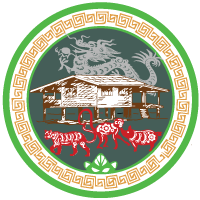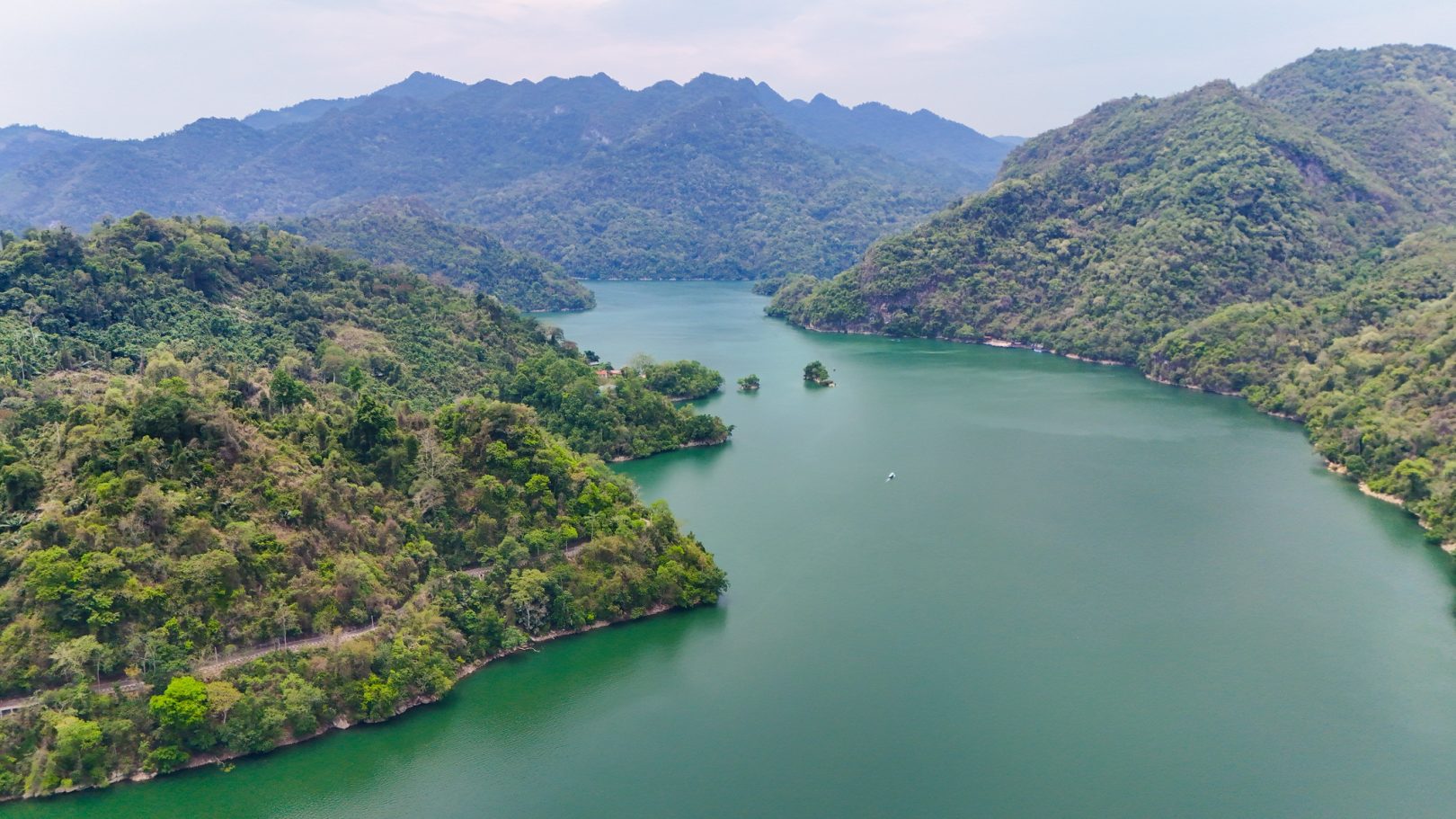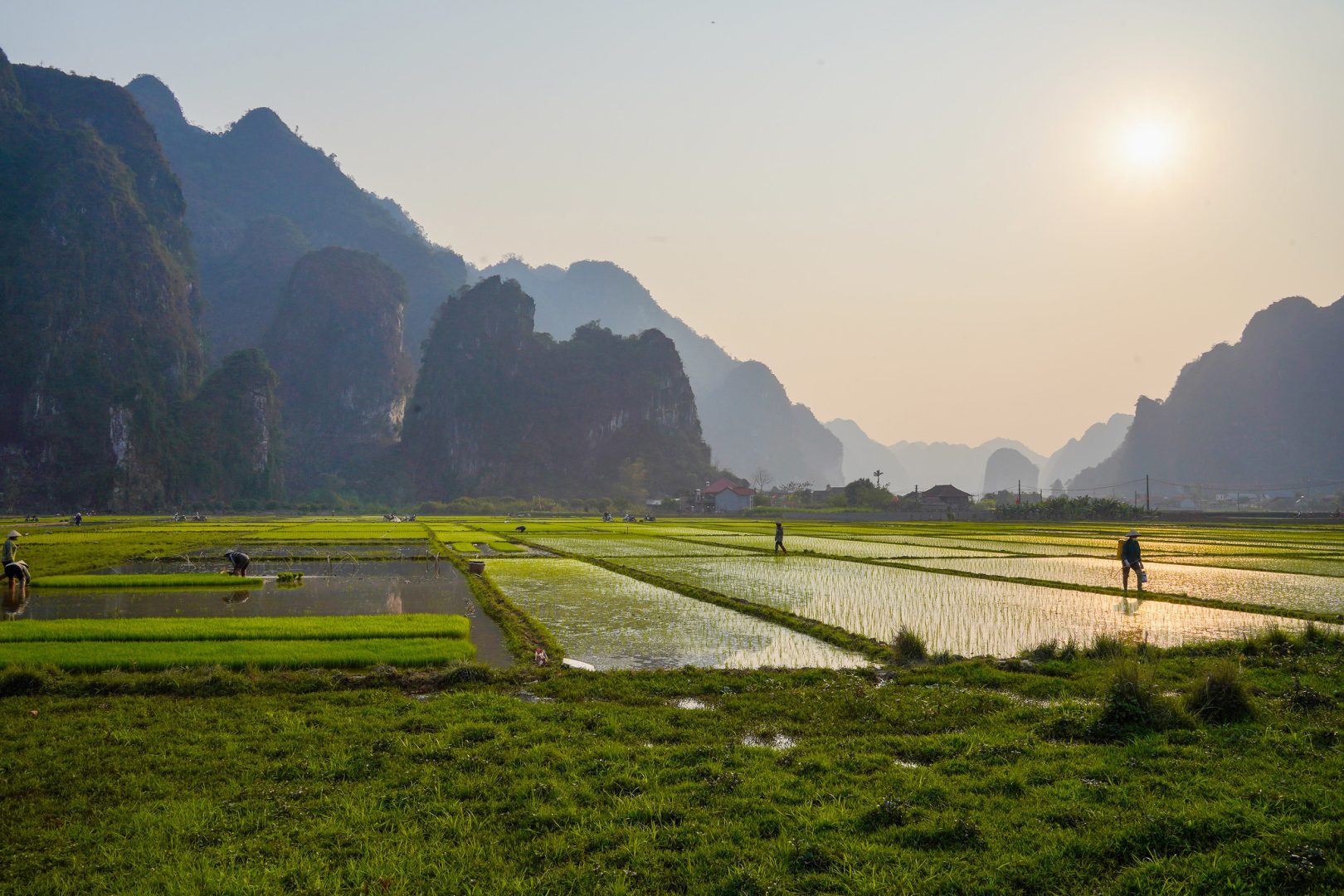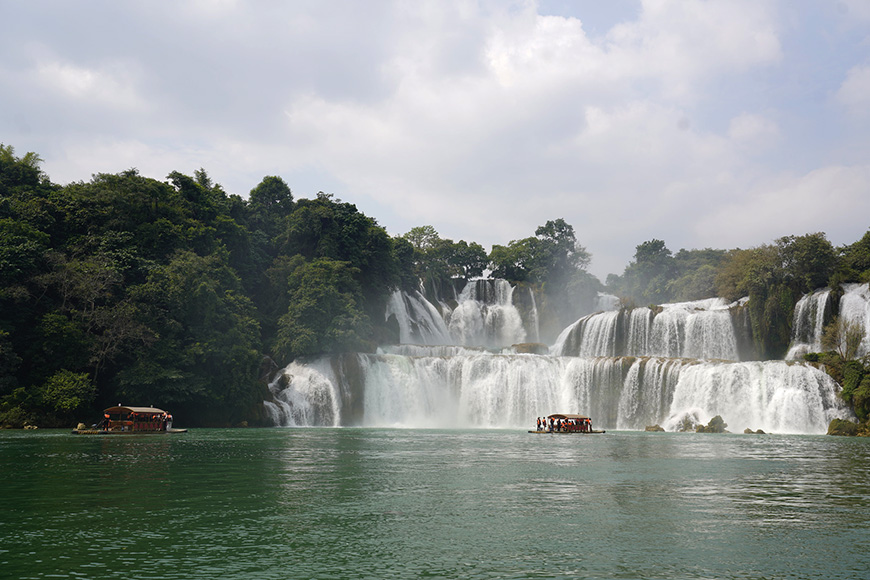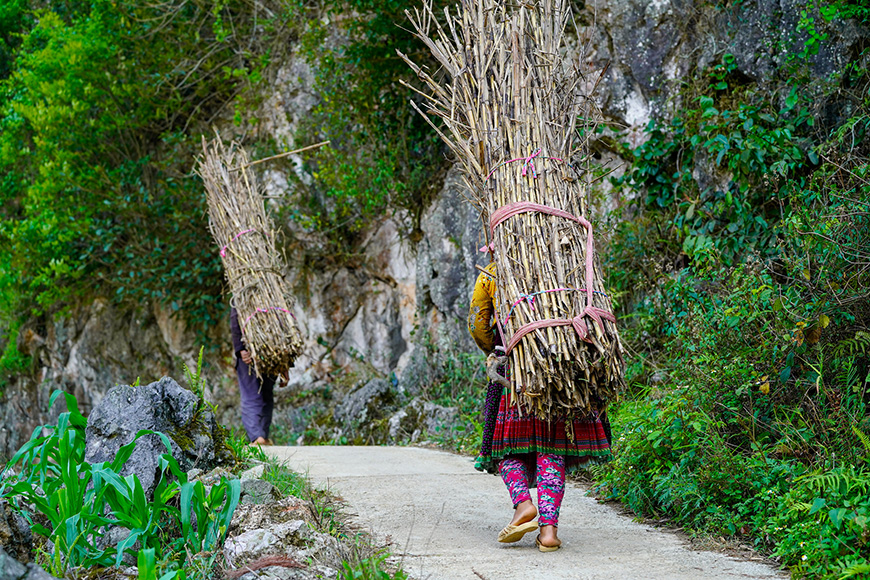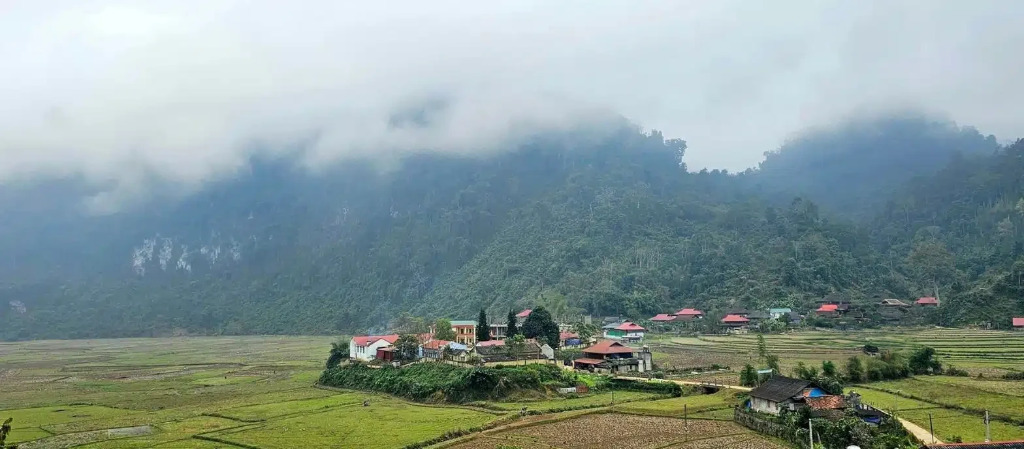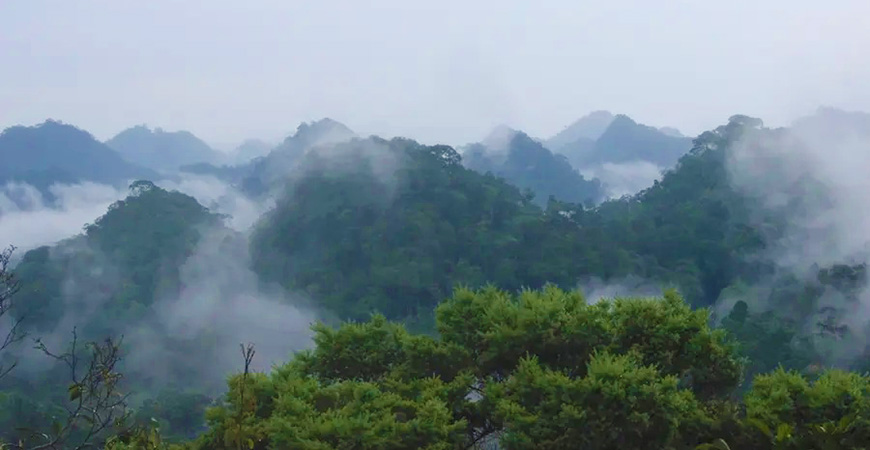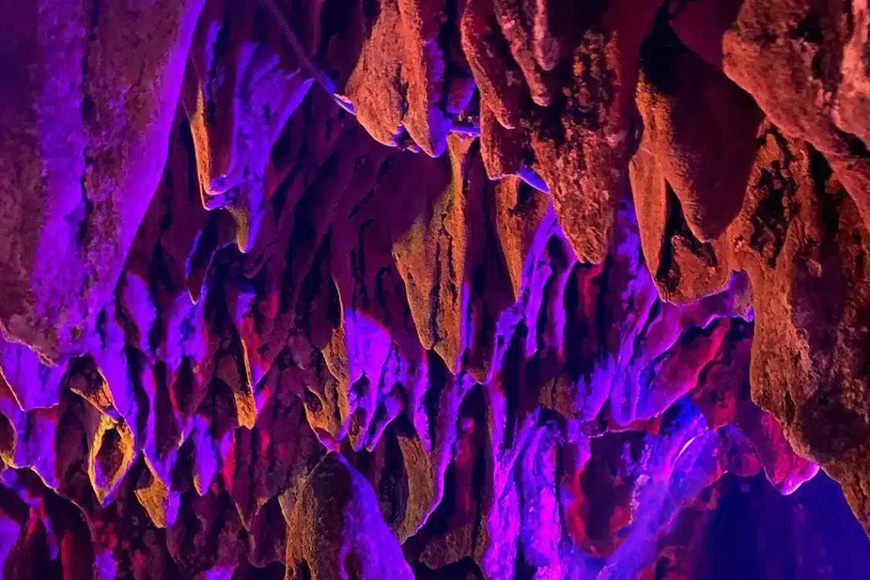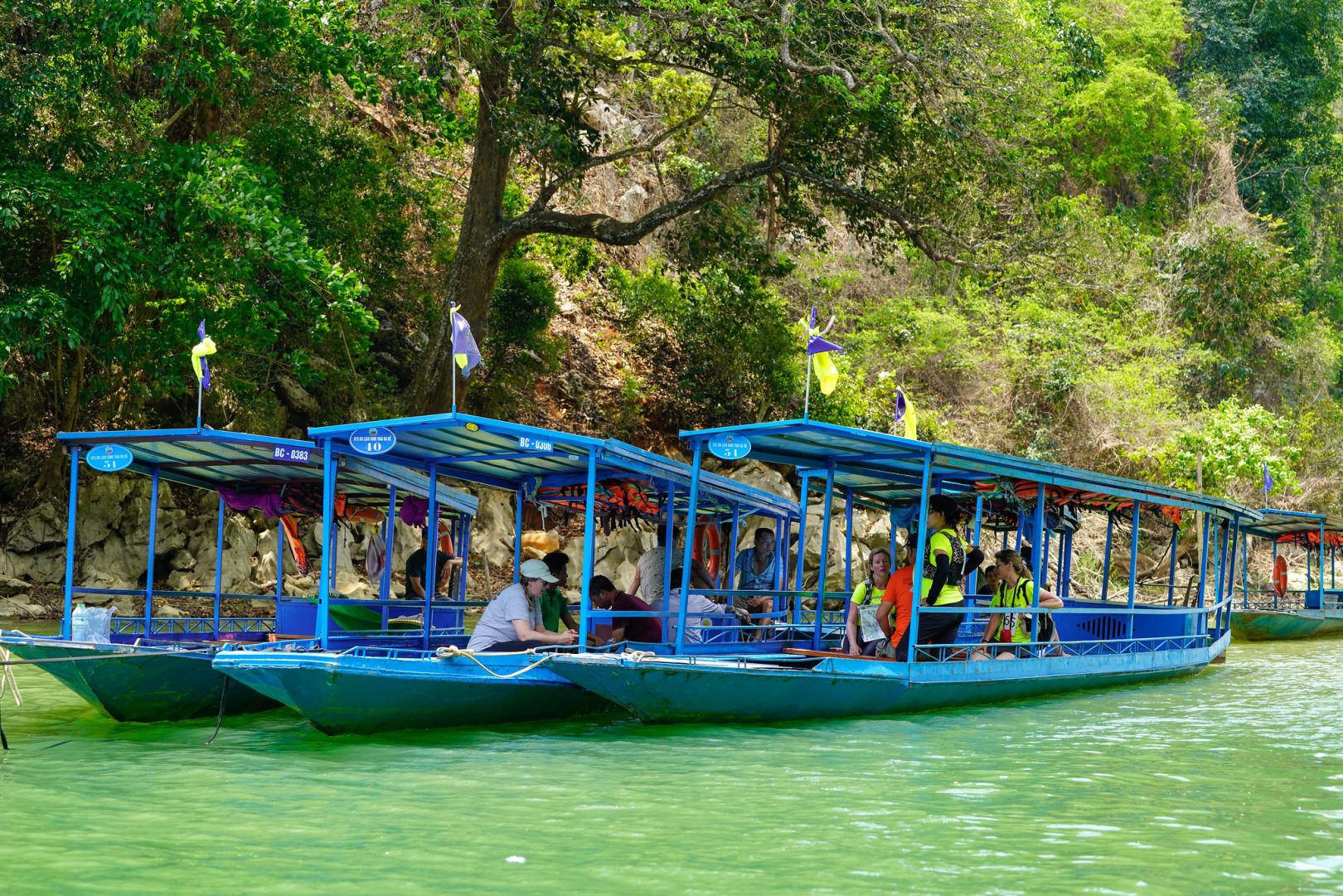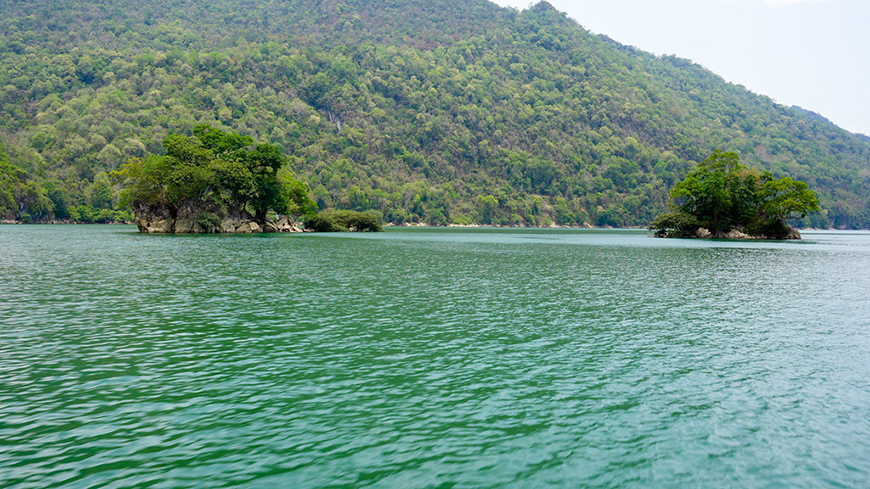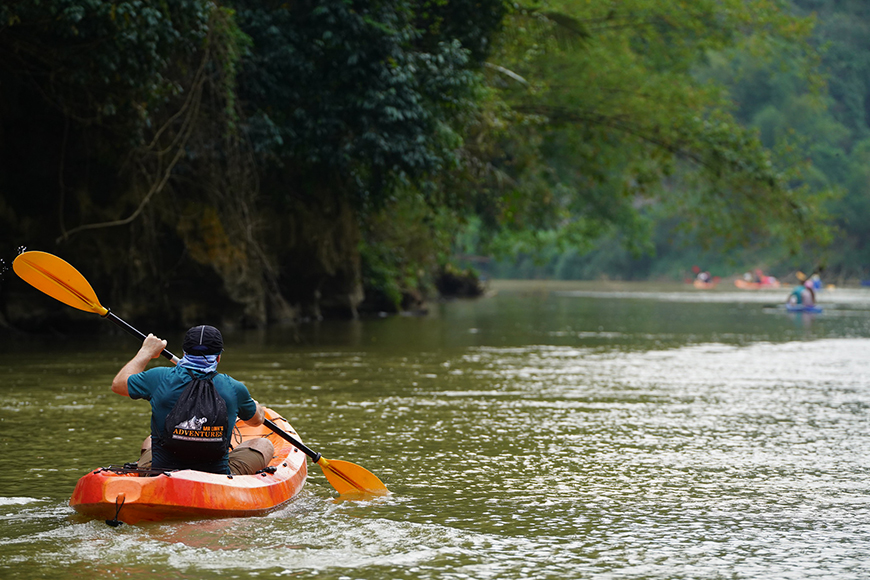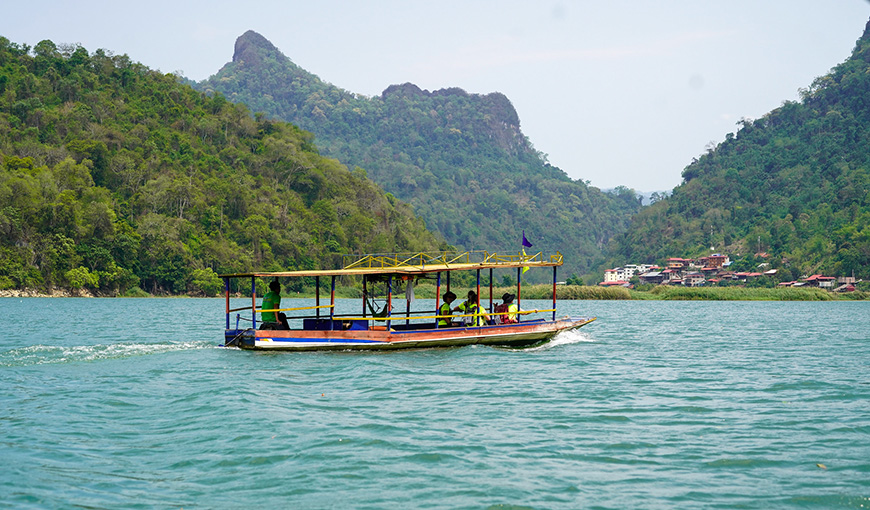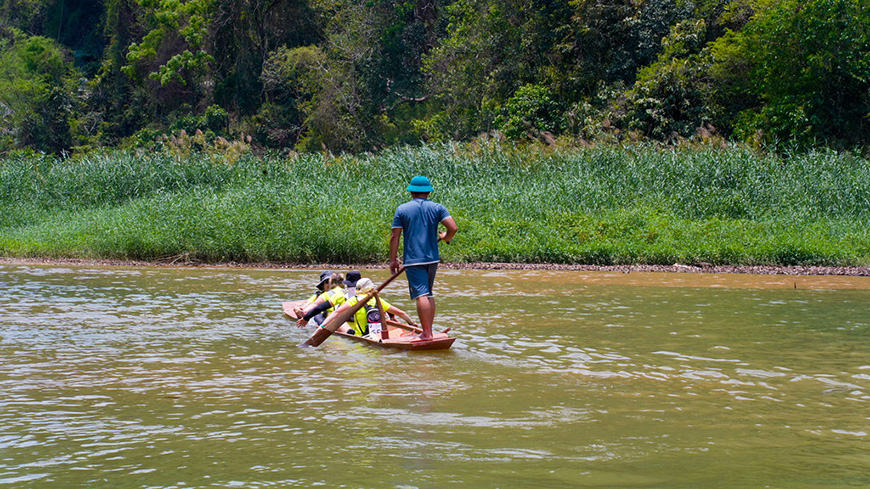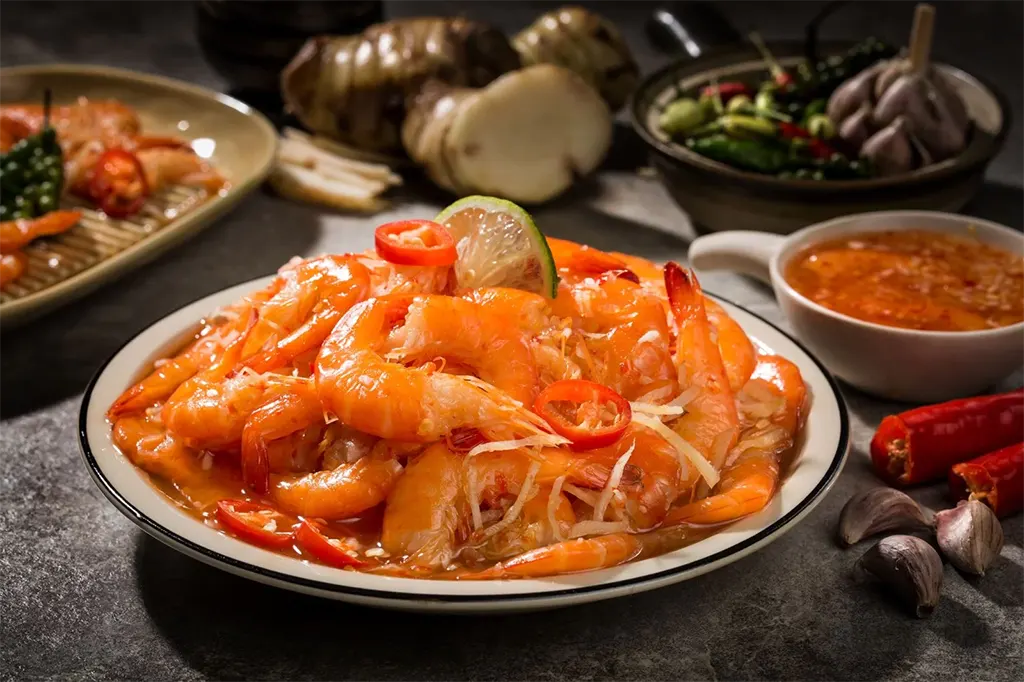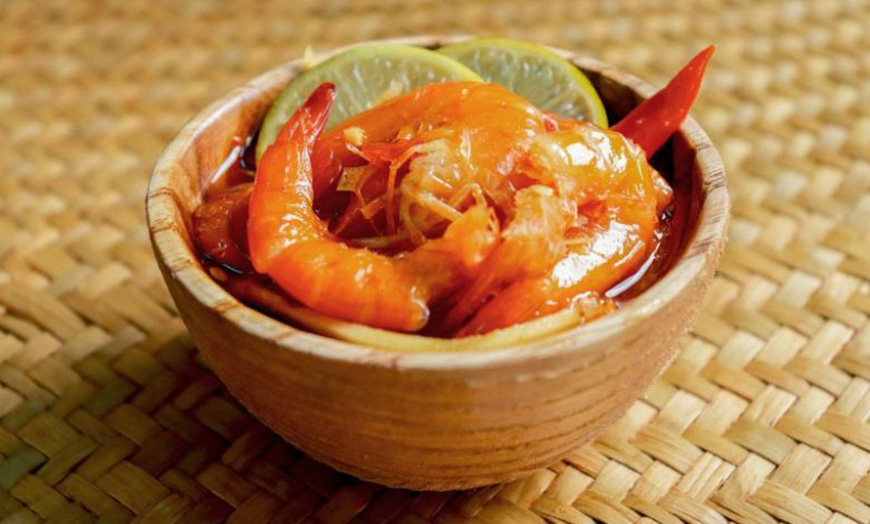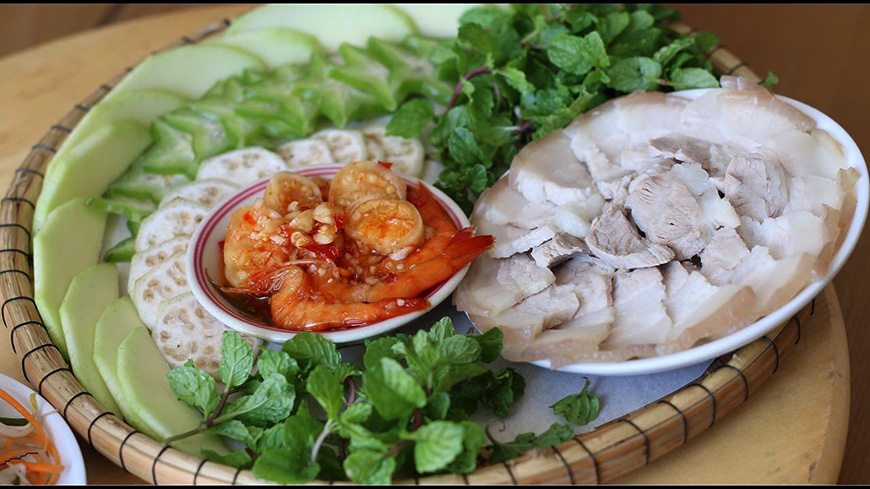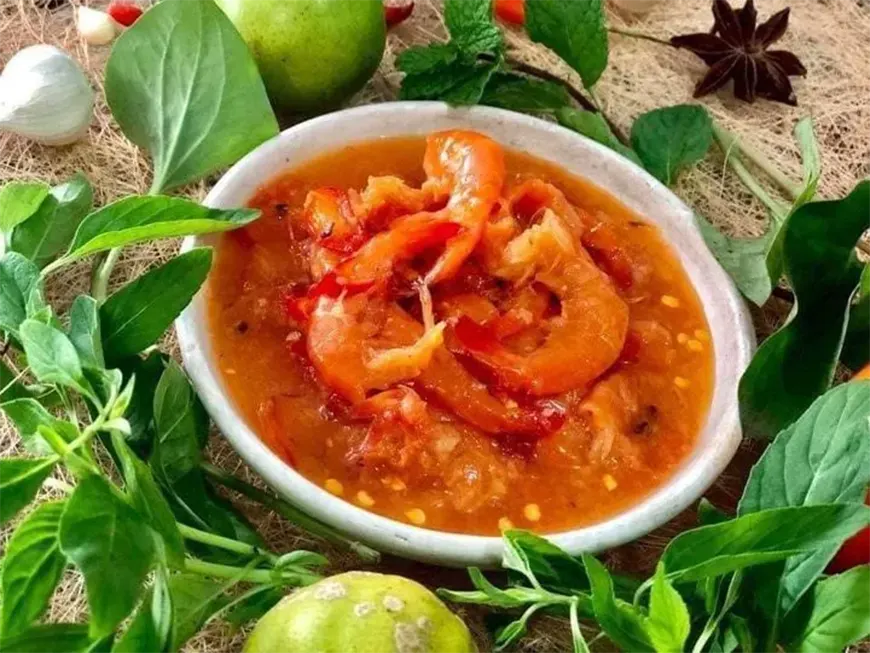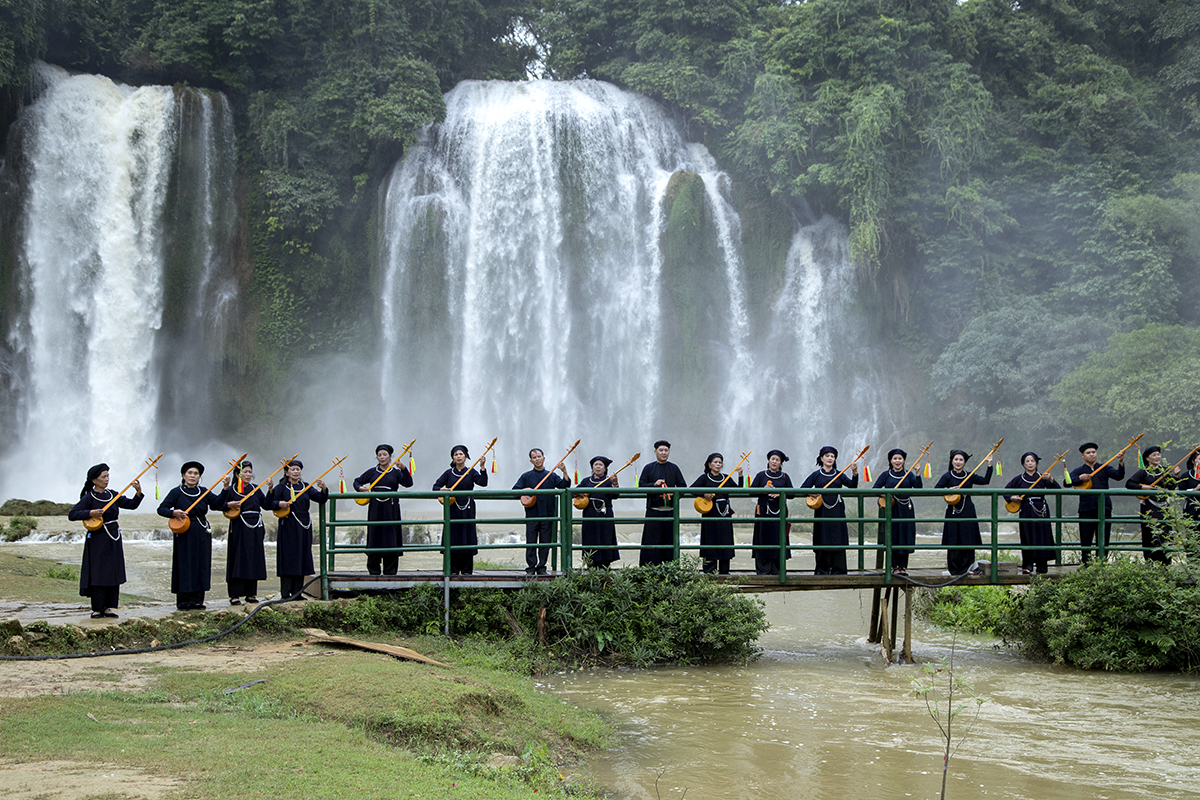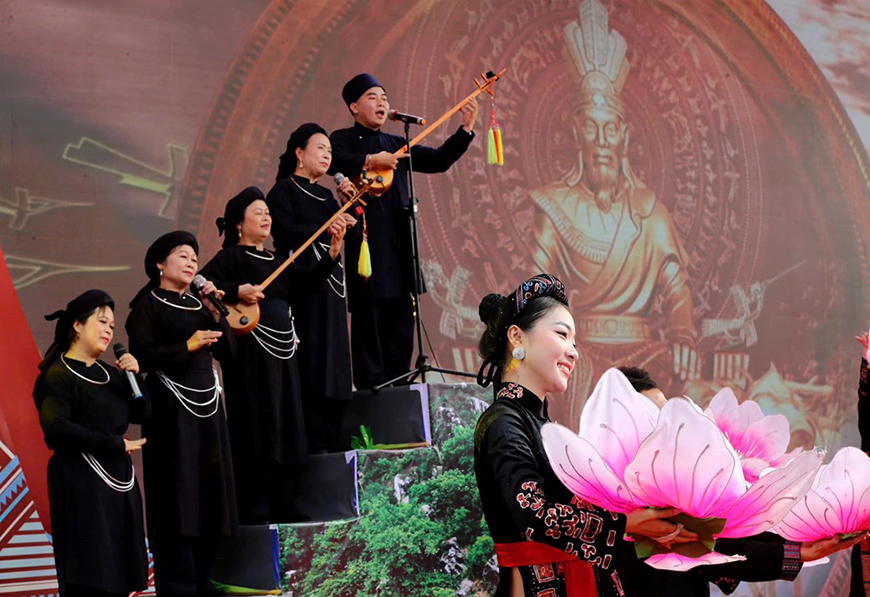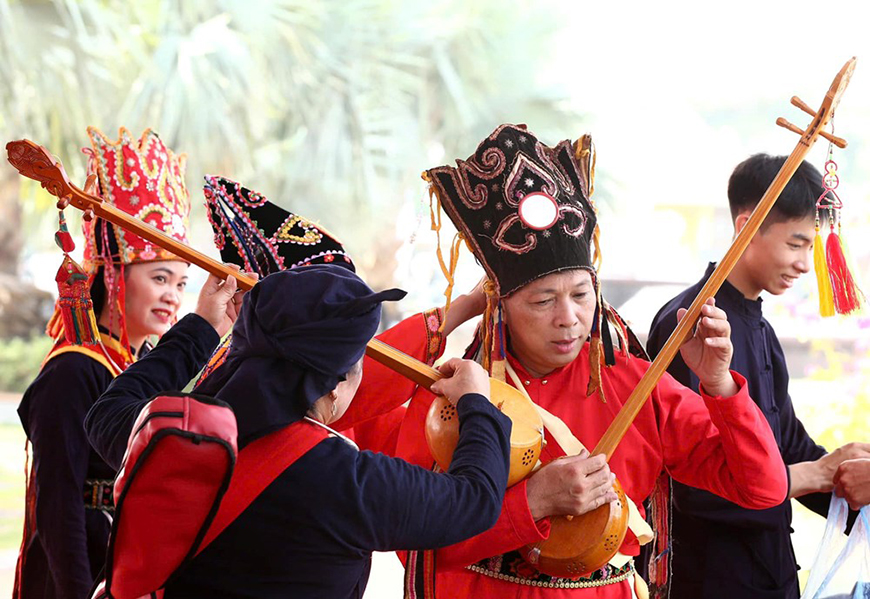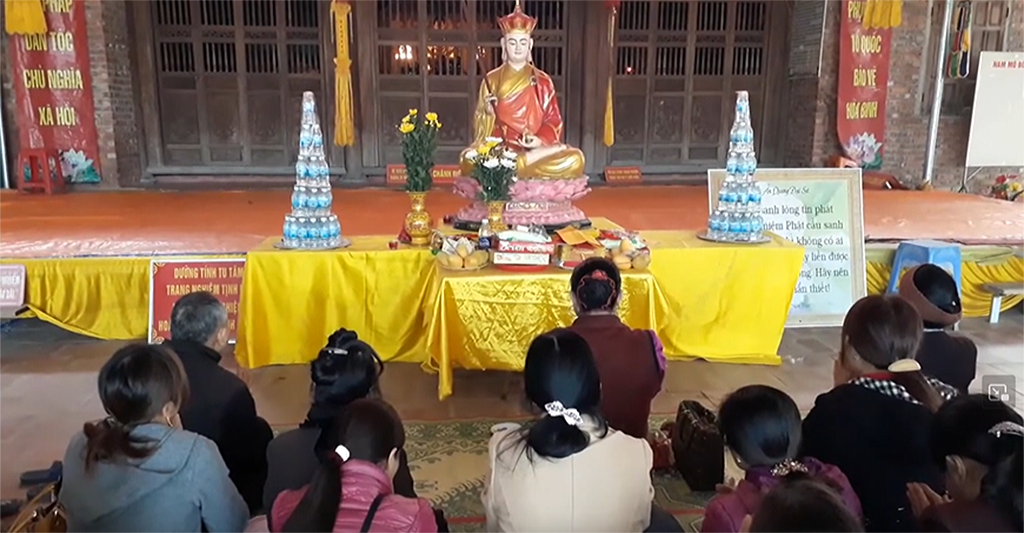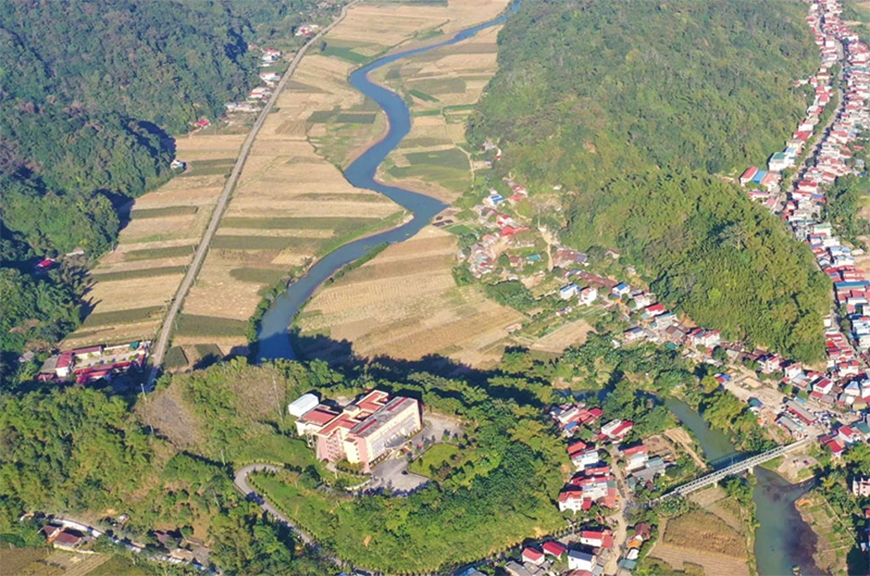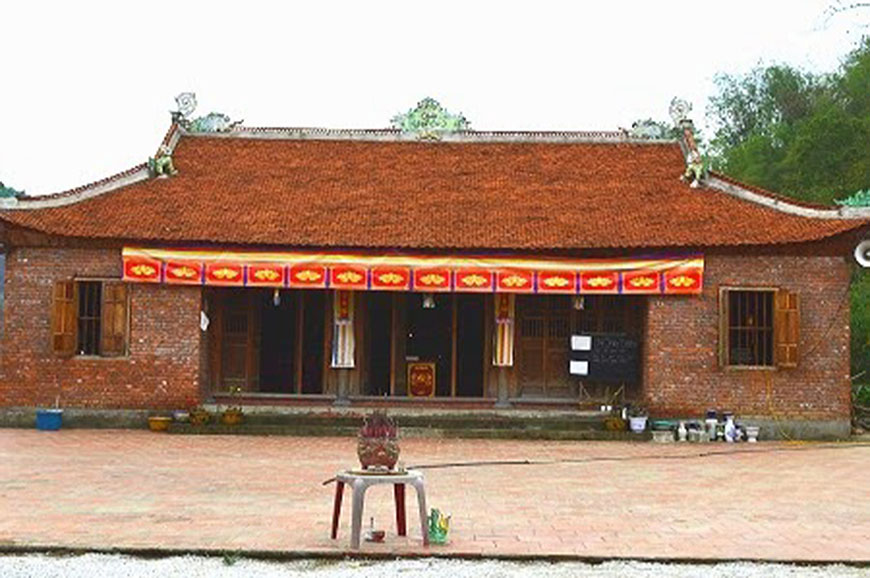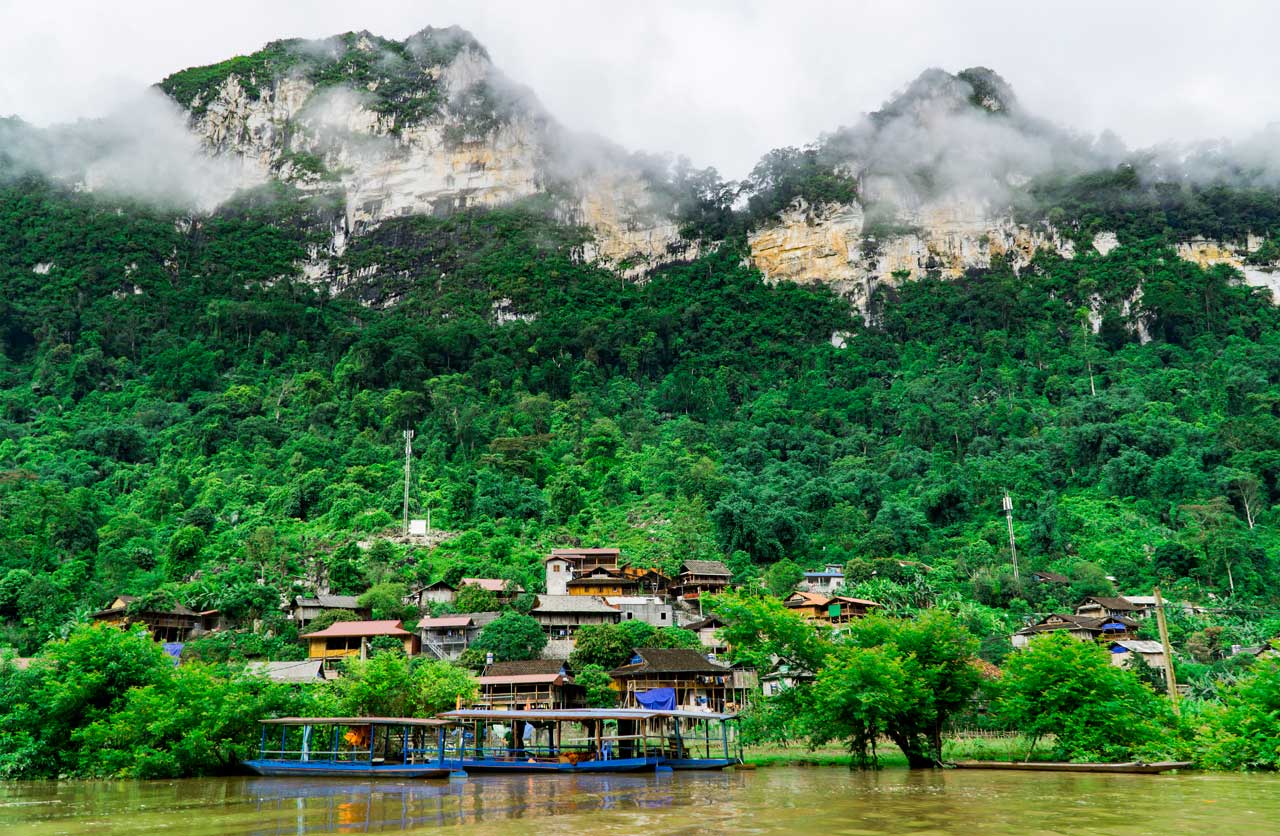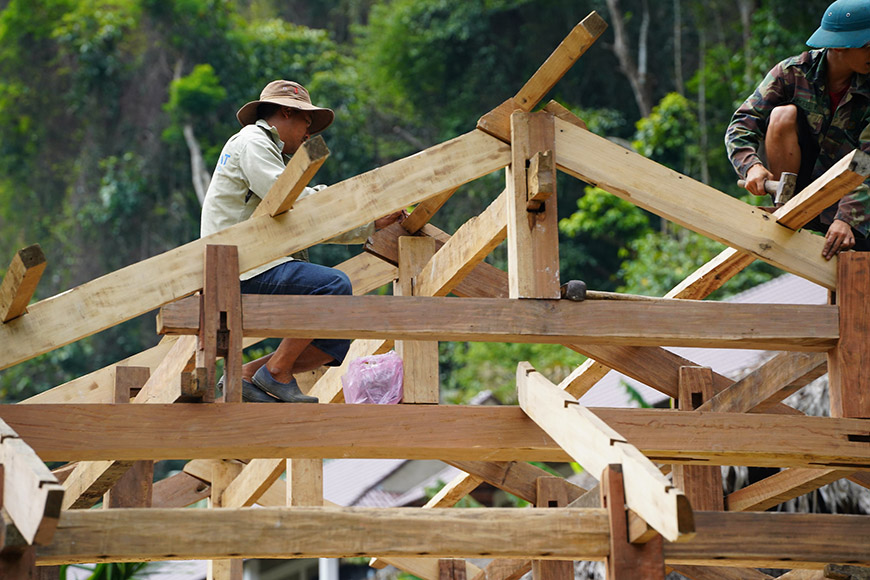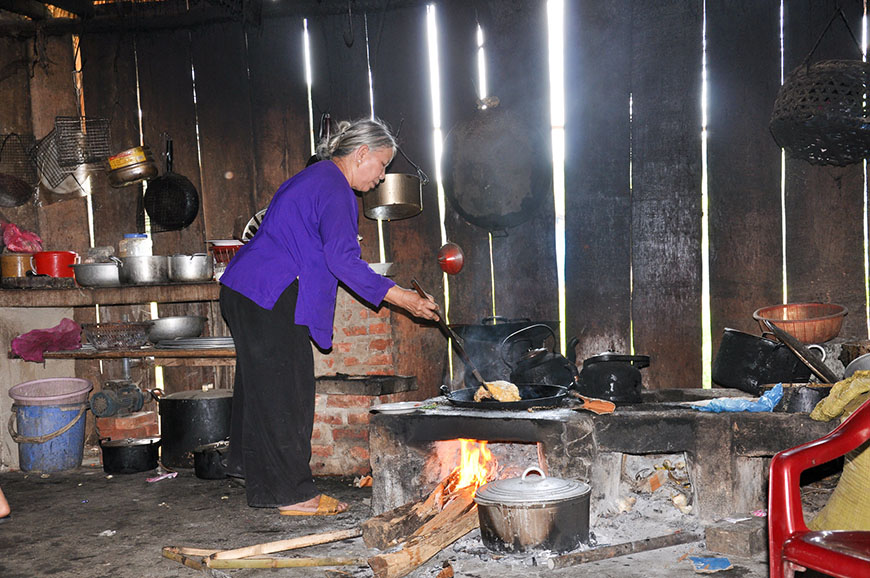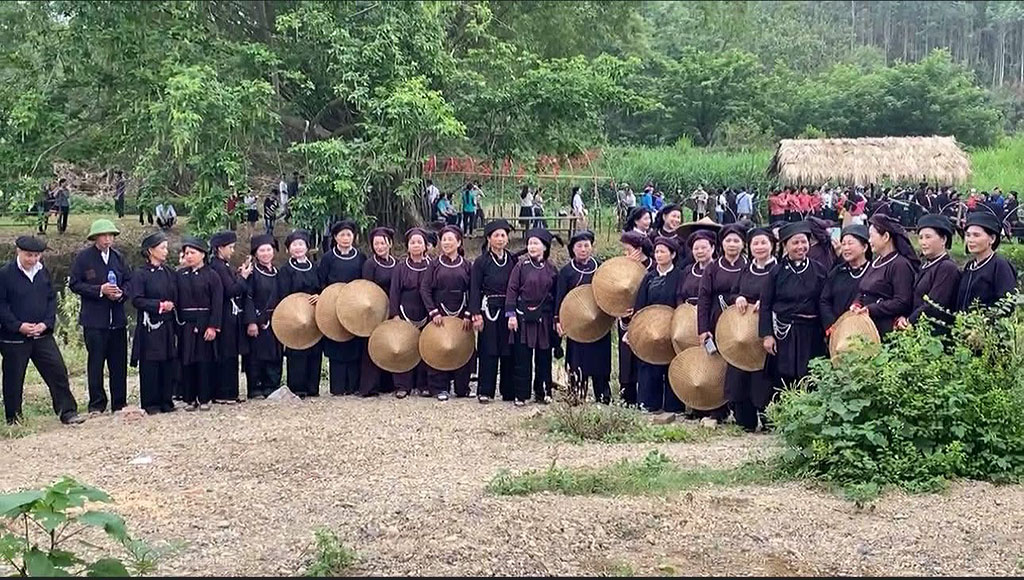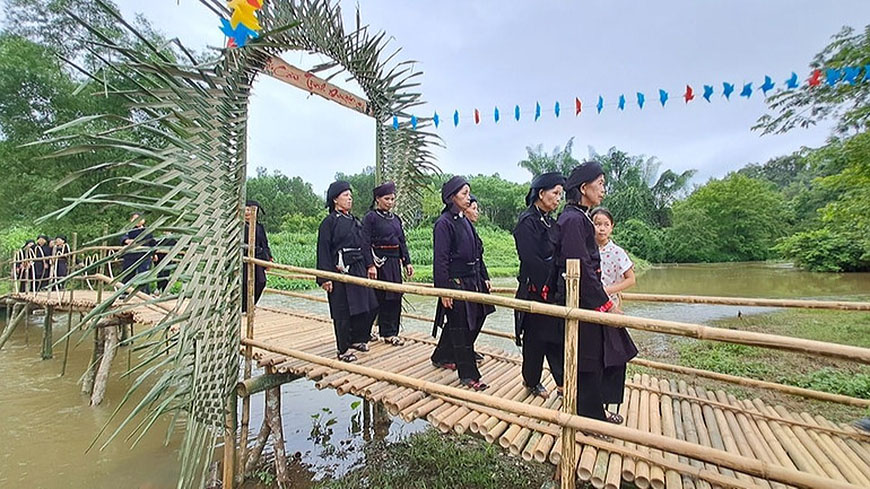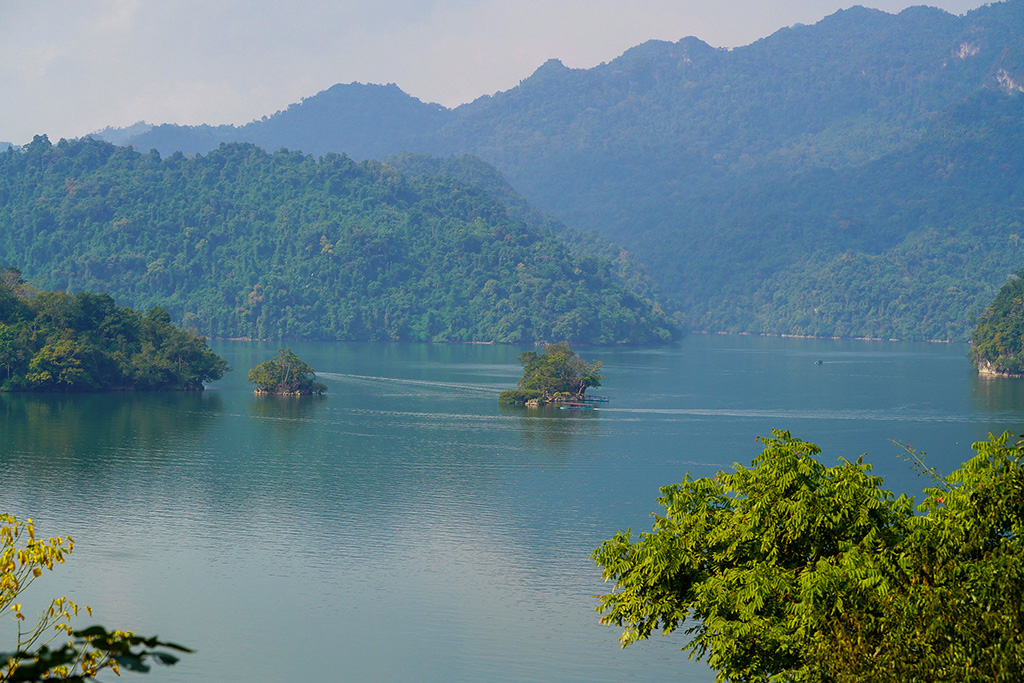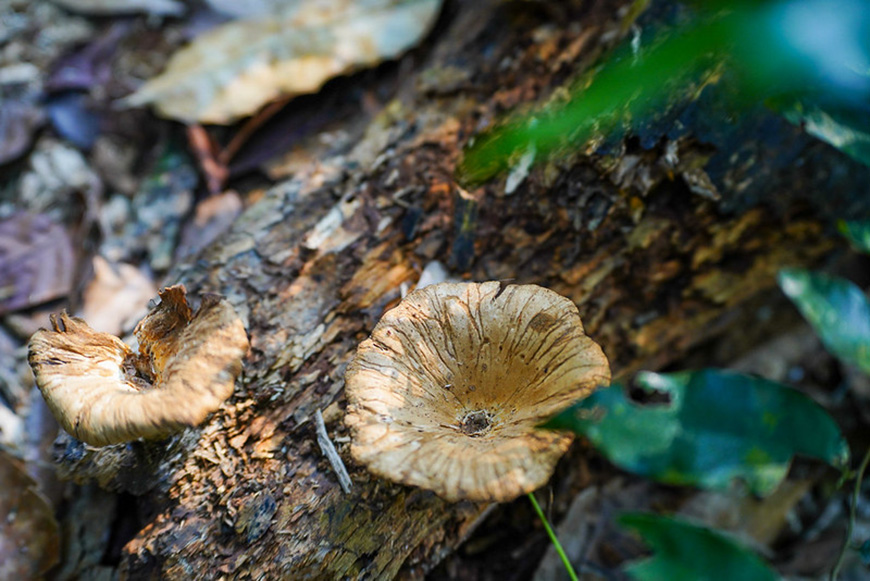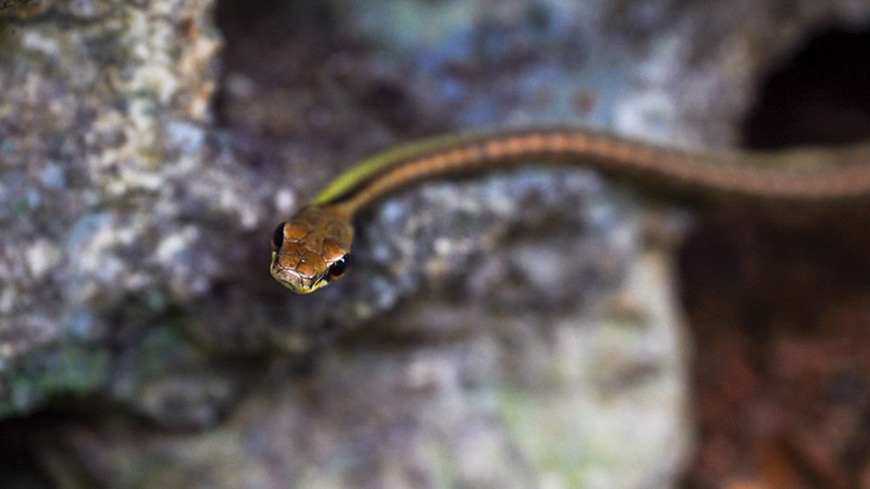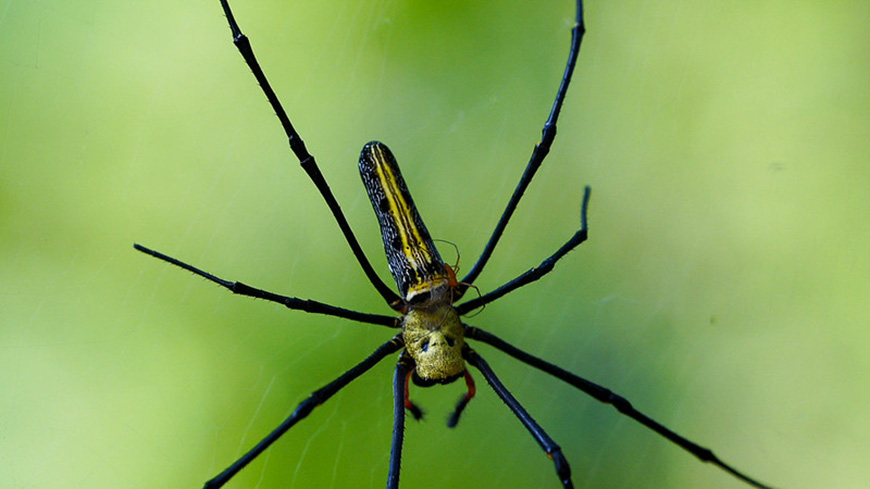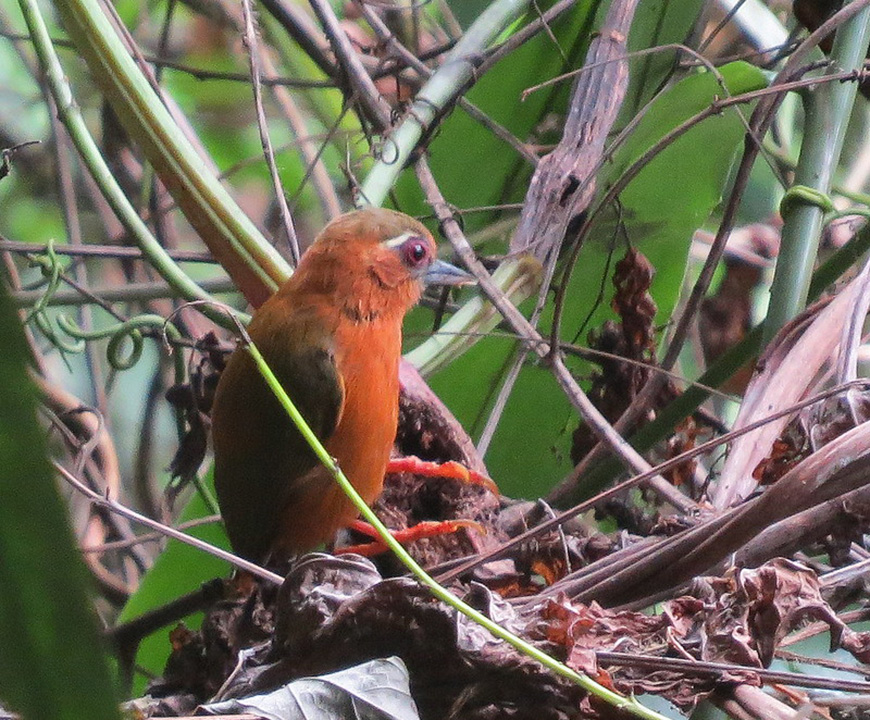Escape the everyday and offer your family a memorable experience at Ba Be National Park! Just 250 km from Hanoi (approximately 5 hours’ drive), this natural gem transports you to a lush, tranquil setting. Ba Be lake, spanning over 500 hectares, is surrounded by majestic karstic mountains and dense, somewhat mysterious jungle, providing an idyllic backdrop for reconnecting with nature as a family.
Original article here
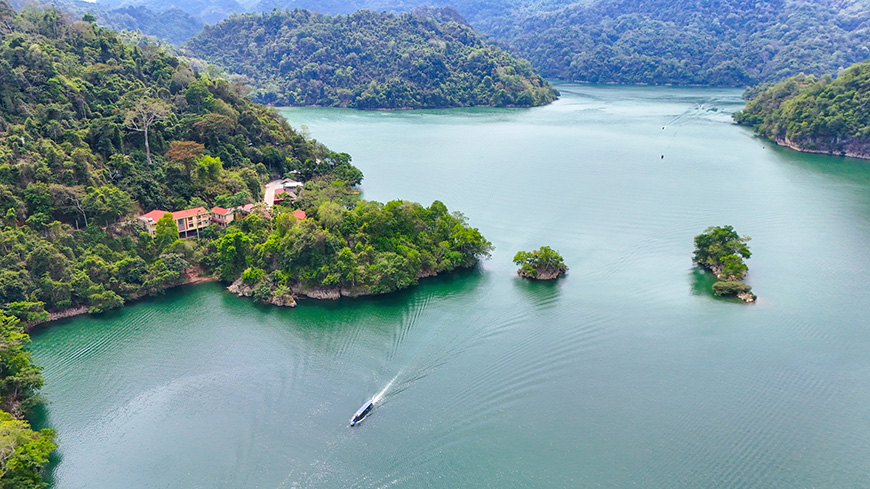
Activities for all ages at Ba Be lake
Ba Be is brimming with activities to entertain young and old alike
On the water
Boat and traditional tay canoe rides: Explore the lake and discover An Ma Temple, Ba Goa islet, Puong Cave, and the impressive Dau Dang waterfall. Excursions ranging from one to six hours are available, perfect for a gentle family outing.
Kayaking and Stand-up Paddling: For the more adventurous, these options allow you to explore the lake at your own pace, glide near the mountains, and even venture into small caves. Kayaking is particularly great for children, as they can paddle when they want, take breaks on the banks, and enjoy the scenery.
Swimming: The calm waters of the lake invite you to swim for a refreshing break.
Traditional fishing: At sunset, observe (or even participate in) traditional fishing with the Tay ethnic group. This is a peaceful and immersive activity to connect with the local culture.
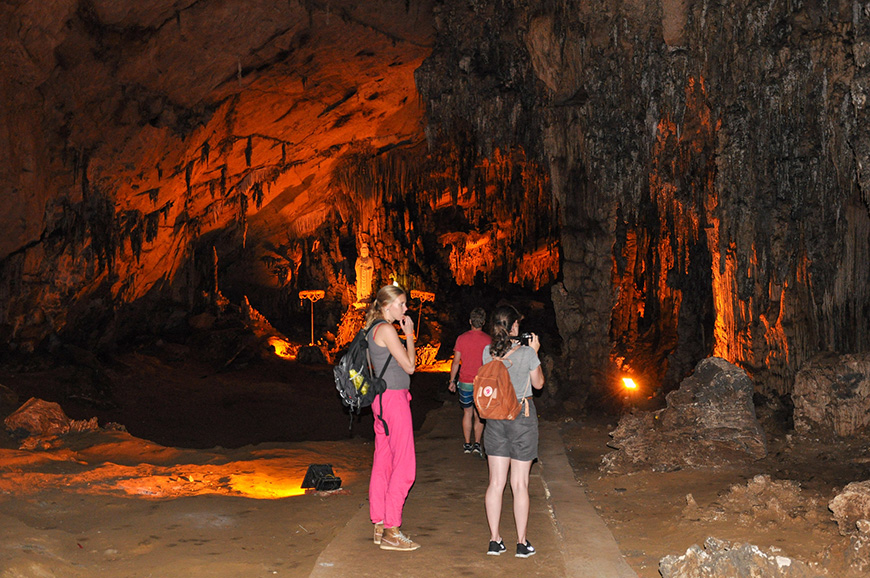
On land
Hiking: Ba Be National Park is a hiker’s paradise with marked trails for all levels. Enjoy spectacular views and discover incredibly rich flora and fauna. The park is a true sanctuary, home to 1268 animal and plant species, including pangolins, flying squirrels, and even European otters. For families, trails are easy and accessible; consider choosing flat, well-marked paths with points of interest like waterfalls or caves to keep children motivated.
Cave exploration: The park also hides numerous caves to explore. Puong Cave is a natural tunnel crossed by the Nang River, accessible by boat. Hua Ma Cave, a bit further from the lake, will dazzle you with its limestone formations and mystical atmosphere. Entry costs 25,000 VND per person. Be aware that you need to climb about 400 steps to reach it, a fun challenge for older children.
♦ Caving in Ba Be National Park: A journey to the heart of the Earth
Cycling: Shaded roads around the lake are perfect for family bike rides through fields and small villages. Bicycle rental is easy and inexpensive, and you can tailor routes to your desires and your children’s skill levels.
♦ Discover the natural paradise of Ba Be National Park by bike
Authentic cultural immersion and local flavors
Ba Be is home to 5 ethnic groups spread across 13 villages, offering a unique opportunity to discover the traditional way of life of the Tay, Nung, H’mong, and Dao communities. Admire typical stilt houses, meet the warm locals, and discover local handicrafts. Exploring these villages, whether on foot, by bike, or by boat, is a rich cultural immersion where children can observe local life and even traditional fishing. For a truly authentic experience, consider spending a night in a traditional Tay house. This is an unforgettable experience for the whole family, with the possibility of attending folk shows, traditional songs, and dances. Don’t miss savoring the delicious local cuisine, often offered as incredible homemade family dinners in homestays.
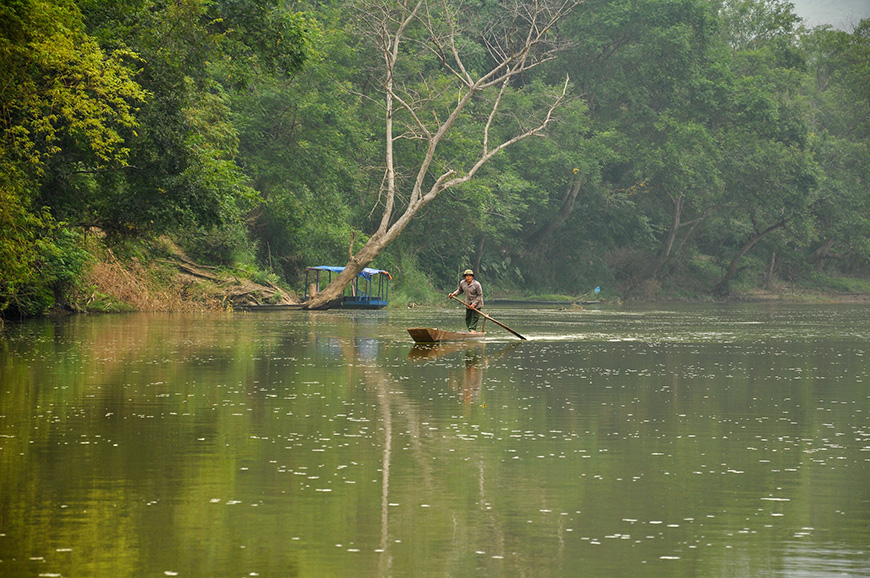
When to visit Ba Be?
The best time to discover Ba Be is during the dry season, generally from November to April. More specifically, from February to April, March to May, or September to November. The weather is very pleasant with moderate temperatures (between 15°C and 25°C in the dry season, and 25-30°C from February to April) and little rain, perfect for enjoying outdoor activities. The rainy season (from May to September/October) can make some trails a bit muddy and slippery. However, this is also when waterfalls, like Dau Dang, are most impressive due to increased water flow.
Ba Be promises unforgettable memories for the whole family, combining nature, gentle adventure, and a rich cultural immersion in the heart of northern Vietnam!
